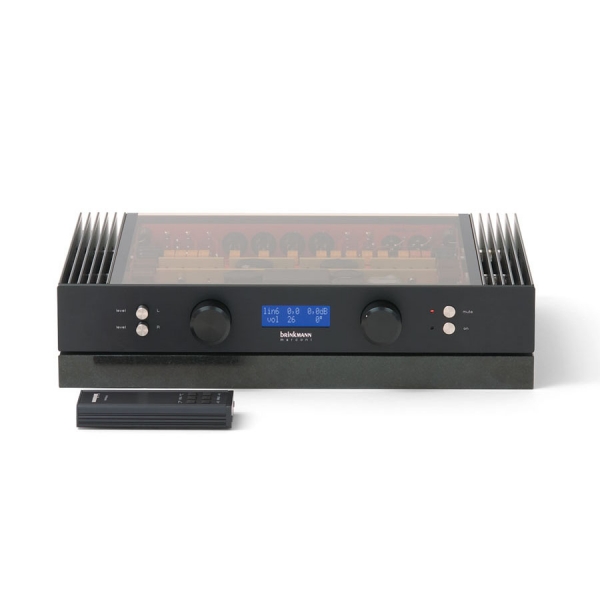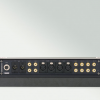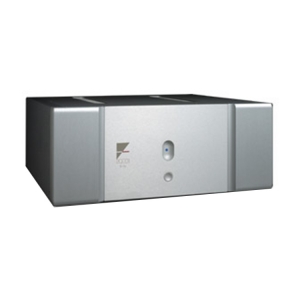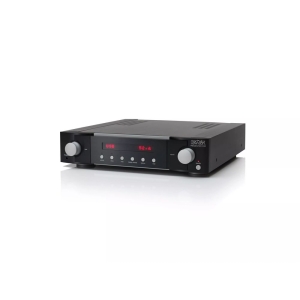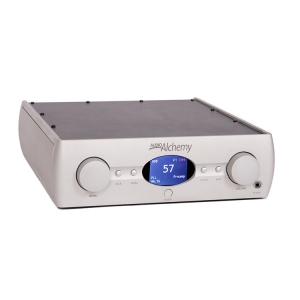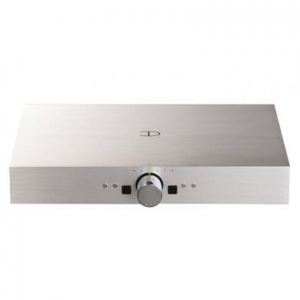Beschrijving
As usual for Brinkmann, we didn’t accept any compromises when developing the »Marconi«. The volume control, for instance, is purely electronic andworks in two planes. First, the sensitivity of each of the six inputs (two of them balanced) can be adjusted individually and saved, thus eliminating the obnoxious jumps in volume when switching between sources. Second, the “actual” volume control consists of a motorized potentiometer that can be operated either remotely or with the knob on the front plate. This potentiometer digitally controls ICs which in turn adjust the playback volume passively with discrete resistors in precise steps of 0.5 dB. The utmost immunity against any influences can only be achieved with balanced signal processing. Which means that for a stereo preamp, four complete amplifiers are required since the signal is processed both in phase aswell aswith a 180 degree phase shift.
Since components and external interferences influence the in- and the out-of-phase signal to the same degree, they can be eliminated at the input of the power amplifier by means of a circuit that only amplifies the differences between the two signals (i.e. the music), but not what they have in common (i.e. the interferences). This immunity of influences alone in our opinion justifies the doubled parts count and complexity. We use a vacuum tube phase inverter stage. And it’s not for nostalgic reasons that we rely on tubes – it’s because they operate (practically) without delay and thus guarantee an inverted signal that is perfectly in sync with its non-inverted counterpart. The tubes sit in two large side-mounted heat sinks and can thus dissipate their heat without many obstacles in the way. The remote control allows the selection of the inputs, controls the volume (including mute) and allows the switching of the absolute phase of the signal. The display on the front panel informs about the selected input, its level and the absolute phase.

